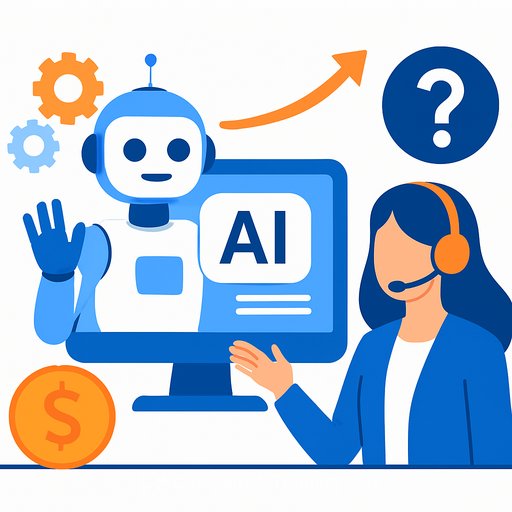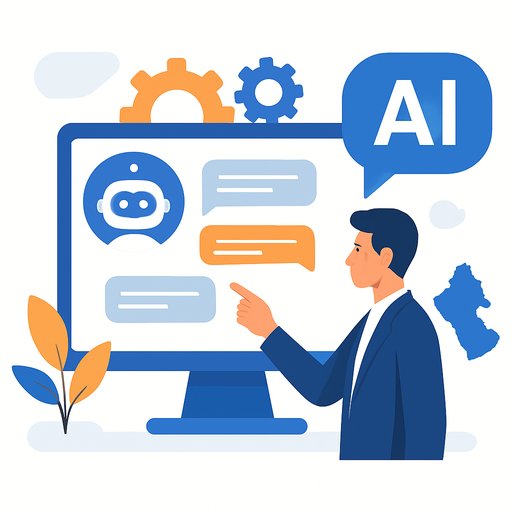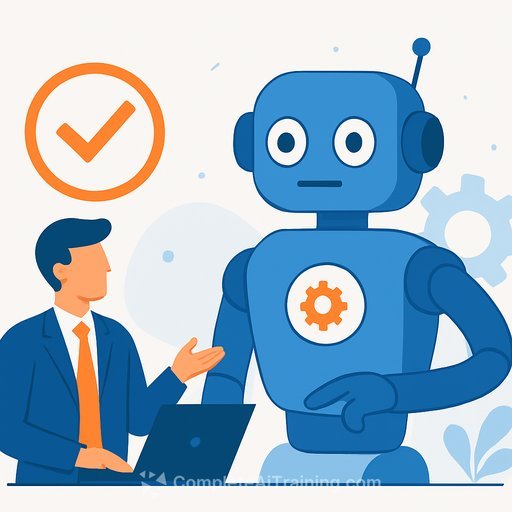AI set to handle 60% of Australian customer queries by 2027
AI is moving from pilot to production in Australian customer service. It already resolves 31% of cases today, and projections point to 60% by 2027. The shift is clear: autonomous agents will take routine requests so human teams can focus on the edge cases that actually need them.
What this means for support leaders
Service leaders in Australia have put AI at the top of the agenda. The goal isn't novelty-it's a better customer experience that scales without burning out teams.
- Revenue: Expected upsell lift of 15% in Australia; 20% in New Zealand.
- Costs: Routine enquiries handled by digital labour reduce handle time and operational overhead.
- CSAT: Faster answers on simple issues, humans reserved for complex problems.
How roles are changing on the floor
Reps using AI across APAC spend 20% less time on routine cases-about four hours back each week. With agentic tools in the mix, teams can devote up to a quarter of their week to the cases that actually move the needle.
People are growing with it. In Australia, 91% of staff working with AI report new skills, and 92% say their roles are more specialised. More mentoring, more project leadership, and more time with key customers.
Security is the gatekeeper
Security is the biggest blocker, cited by nearly half of Australian service leaders. Data protection, system accuracy, and clear guardrails need to be locked in before scale.
If you're building your policy stack, the Australian Privacy Principles are a useful baseline for data handling standards.
Tools in the mix
Some teams are using agentic platforms like Salesforce Service Cloud to deflect common requests. One example: automating product and inventory information to cut call volumes by about 20%, freeing agents for personalised support and knotty issues.
Look for tools that slot into your CRM, provide audit logs and redaction, and offer transparent analytics-not just a demo that looks good. If you're considering the Salesforce route, explore Service Cloud capabilities and how they manage trust and controls.
A practical playbook to get ready
- Map intents: List your top 50 contact drivers by volume and effort. Circle the repeatable ones.
- Start narrow: Launch with 3-5 use cases (order status, account updates, FAQs). Keep scope tight.
- Set guardrails: Define data access, redaction, escalation rules, and a human fallback path.
- Use supervised mode first: Let AI draft; agents approve. Move to full autonomy only when accuracy stays high.
- Measure what matters: Track containment rate, first contact resolution, CSAT, AHT, and revenue assists-not just deflection.
- Train your team: Prompt techniques, exception handling, and how to review AI output quickly.
- Redesign KPIs: Reward resolution quality and complex case handling, not volume alone.
- Tight integrations: Connect knowledge, order, inventory, and identity systems so answers are current.
- Continuously improve: Review misfires weekly, update prompts and knowledge, and add new intents as confidence grows.
Skills and upskilling
The human edge is judgment, empathy, and context. Pair that with AI fluency and your team gets faster without losing quality.
If you want a fast on-ramp for support roles, see practical learning paths here: AI courses by job and a hands-on AI automation certification.
The takeaway
AI takes the busywork. Your team takes the hard work. The winners will combine automation with clear governance, sharp training, and a focus on customer outcomes that can be measured week by week.
Your membership also unlocks:





